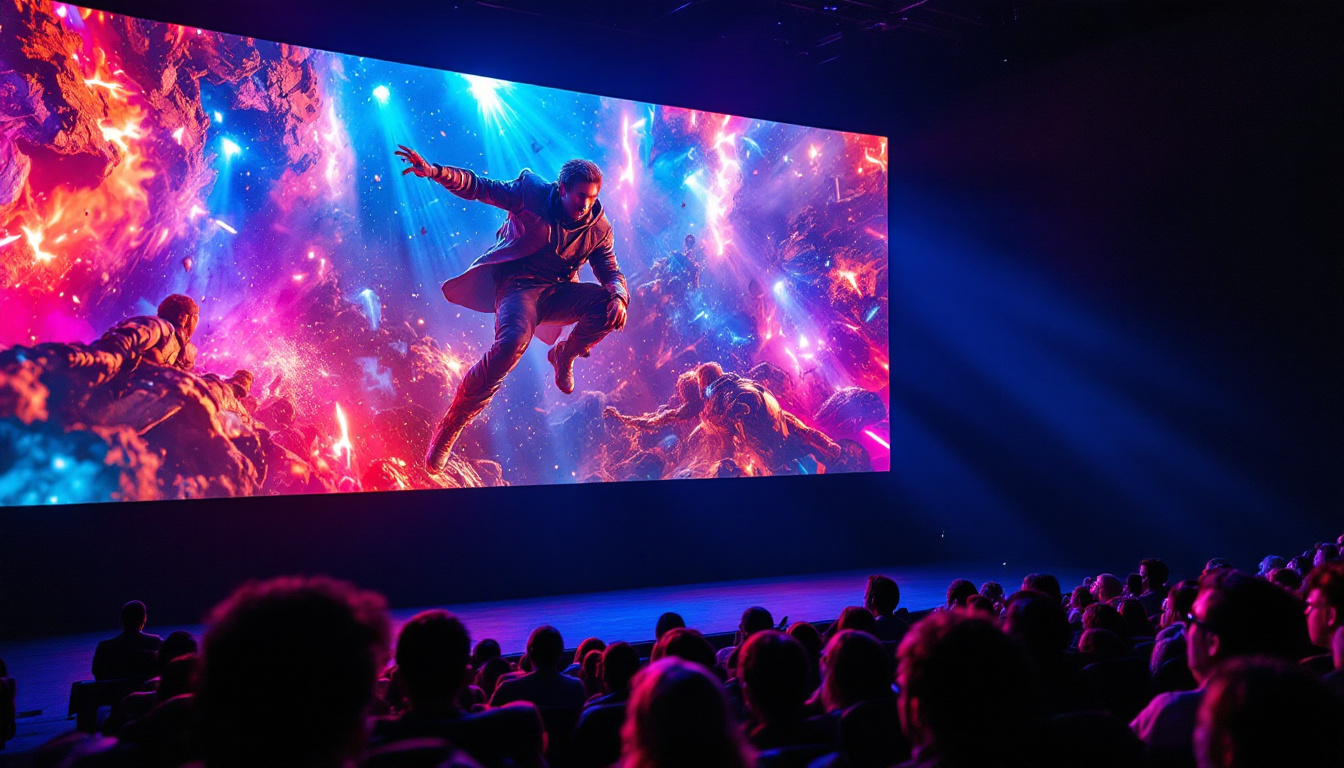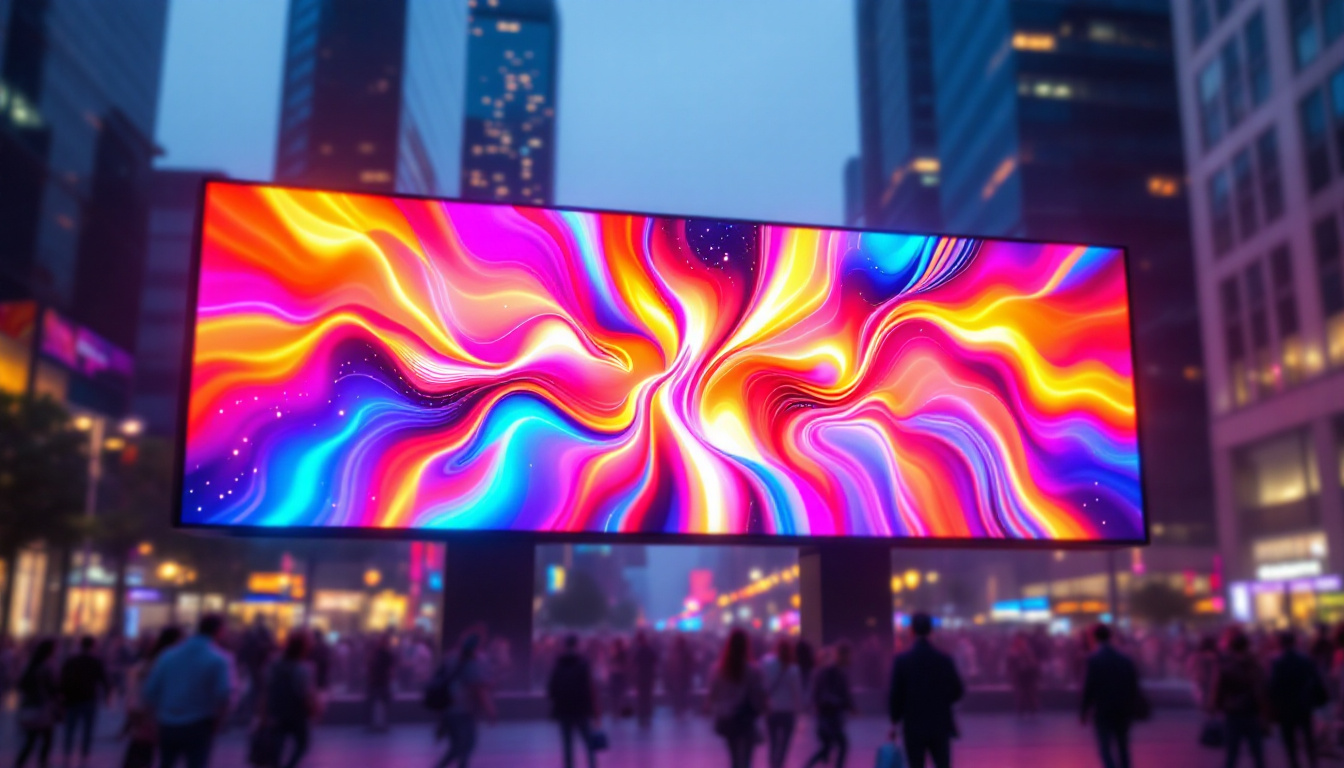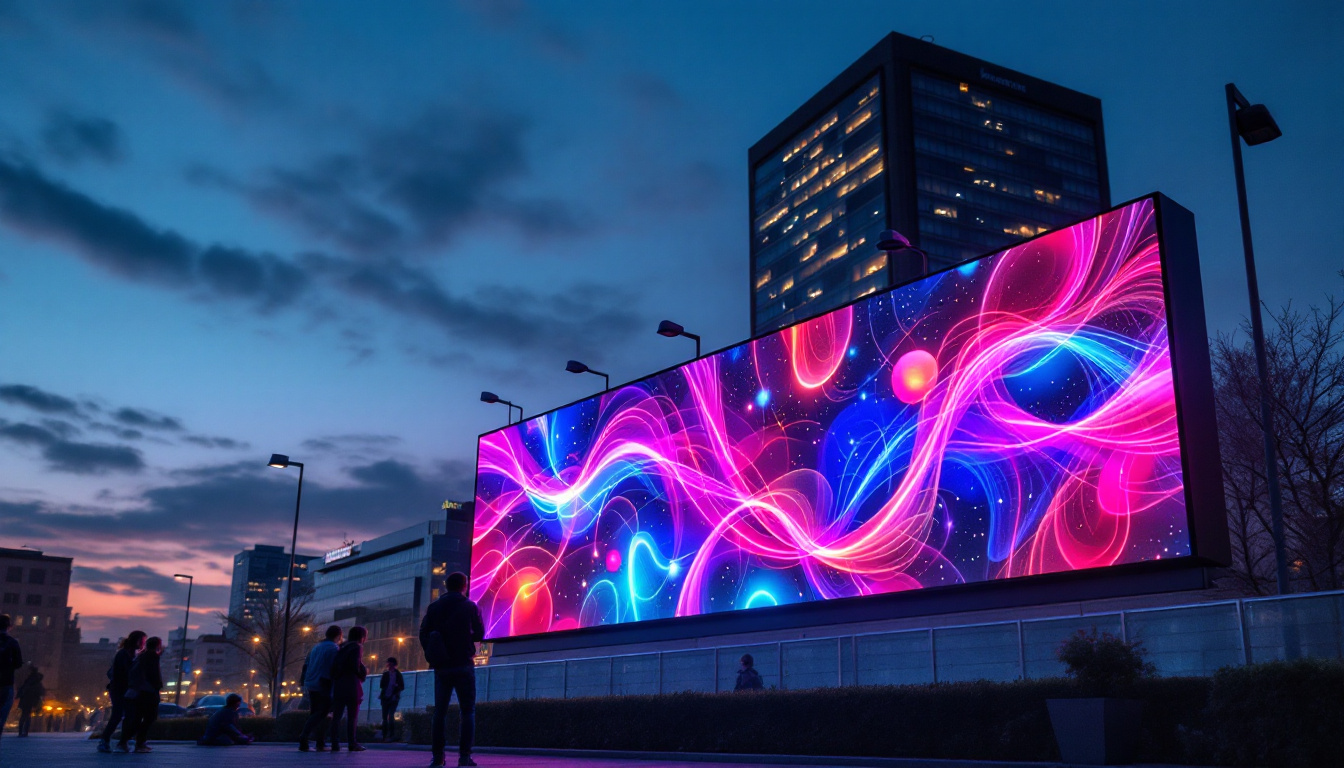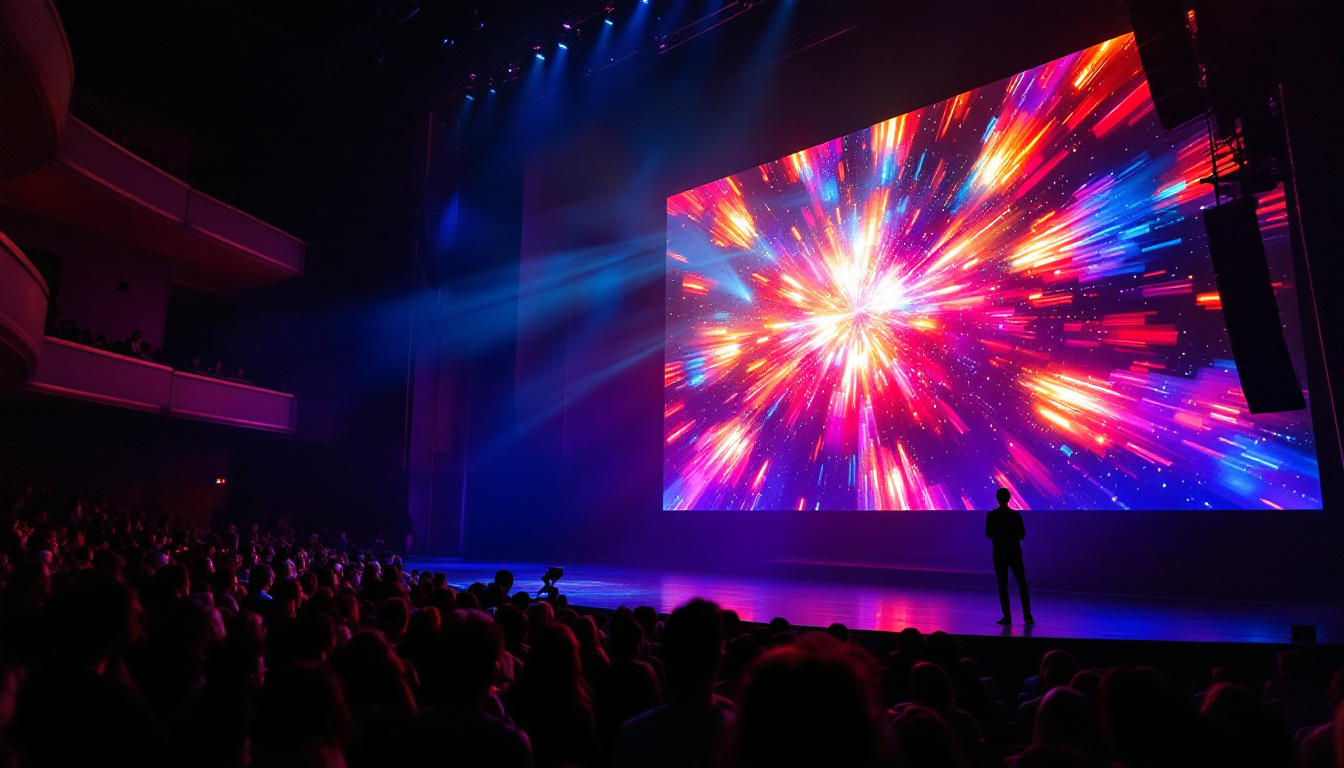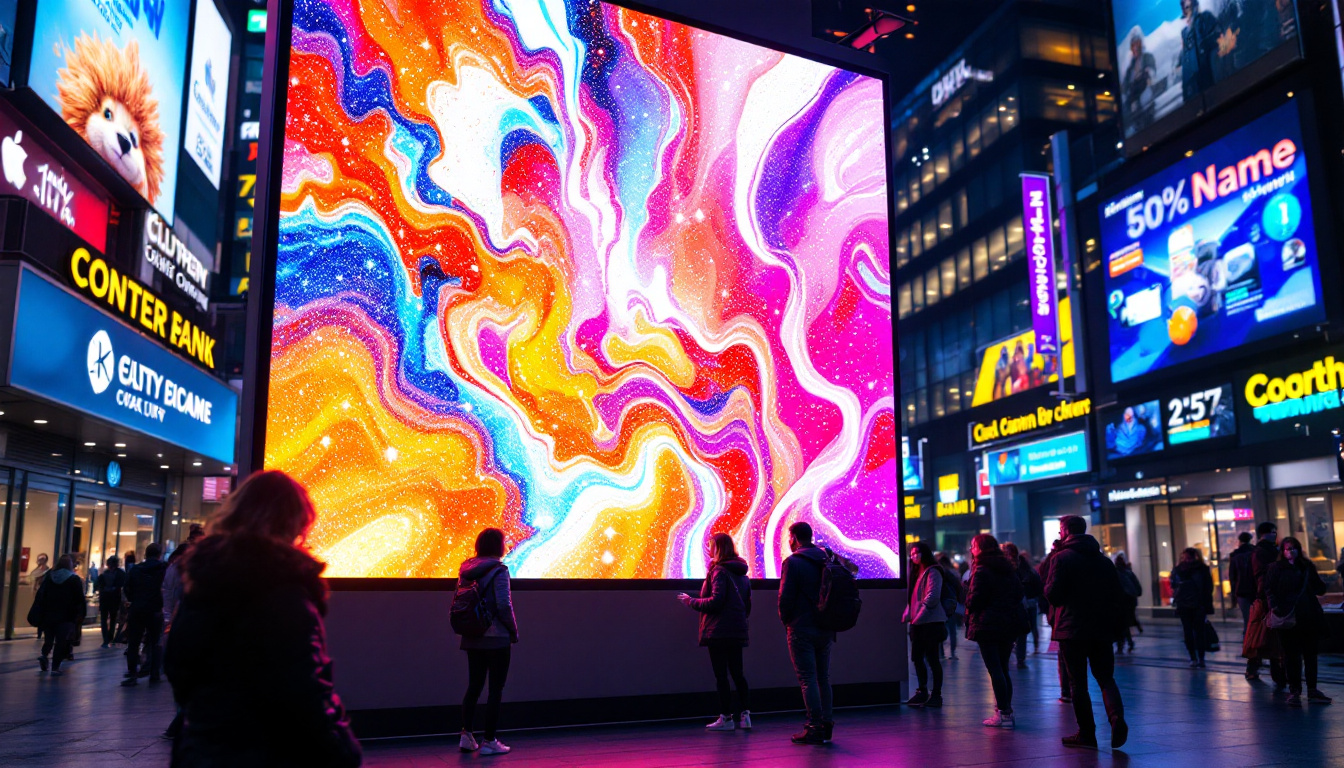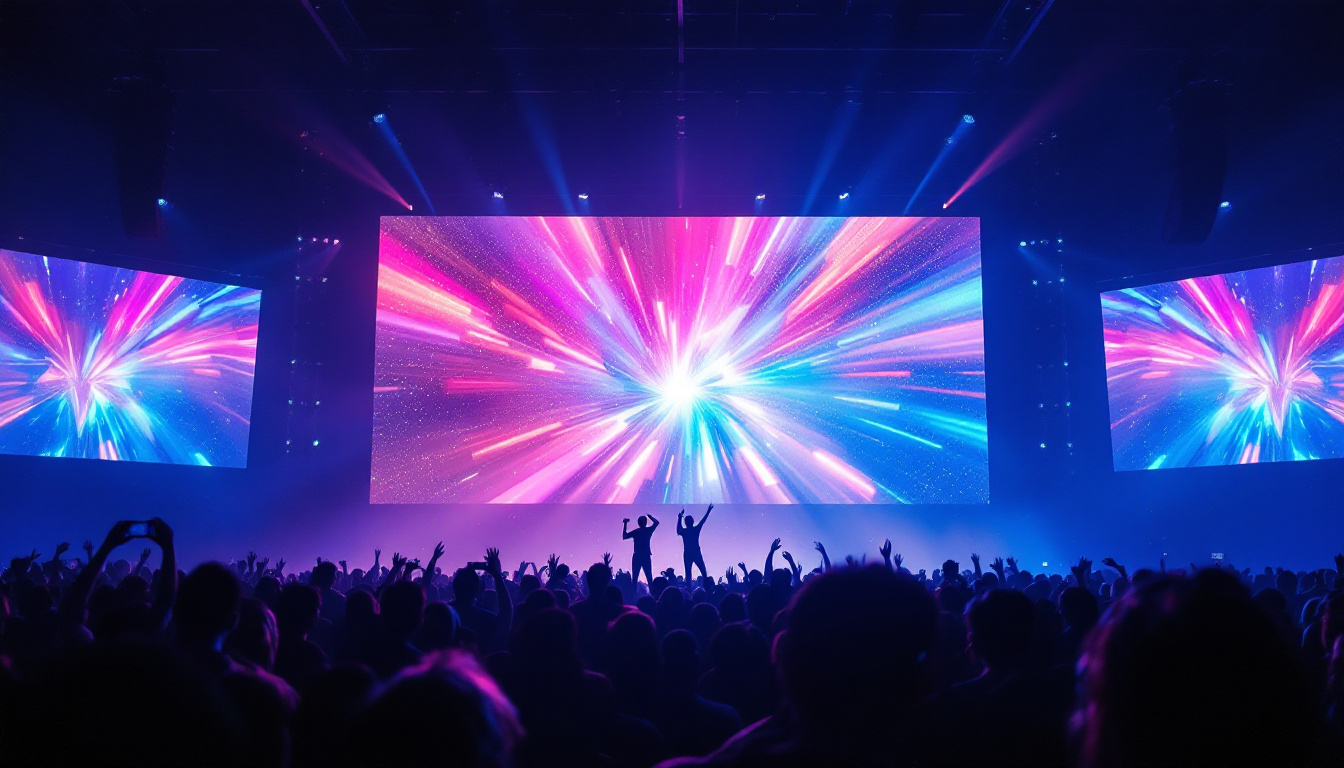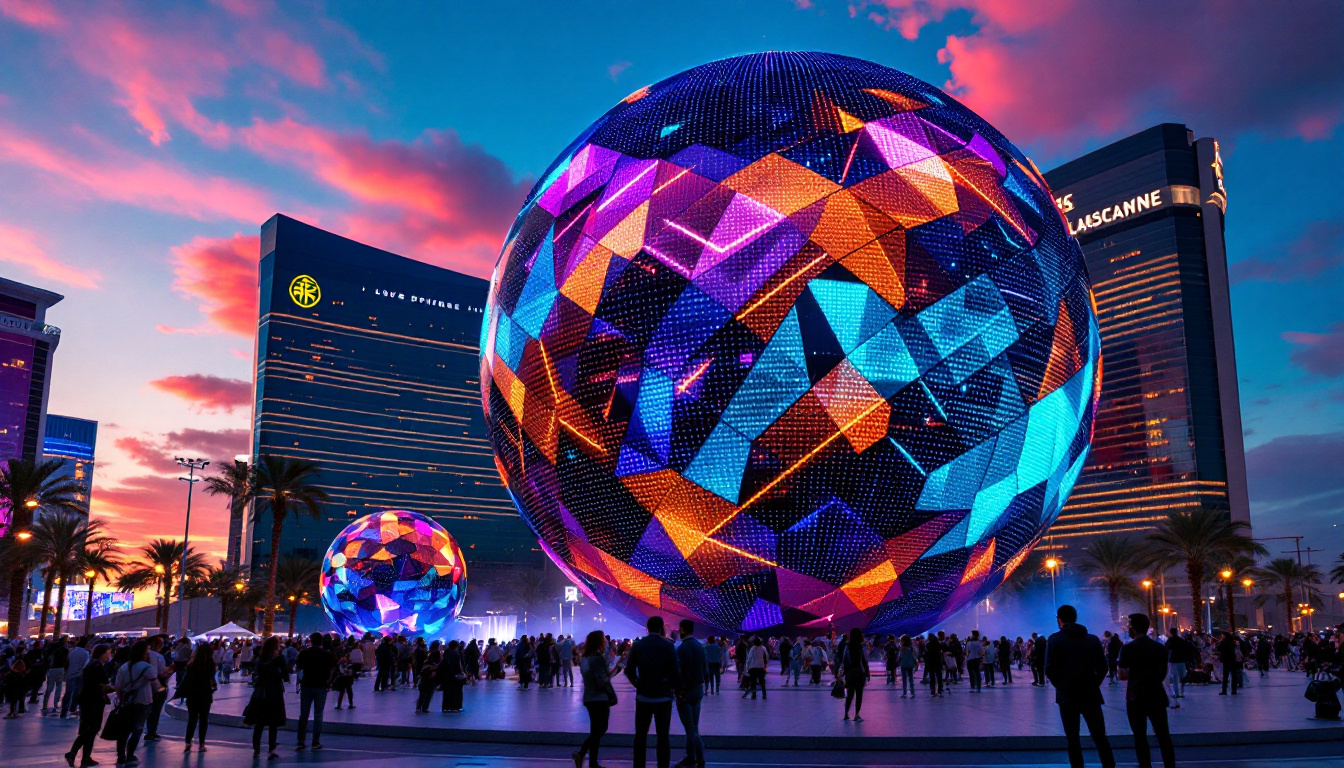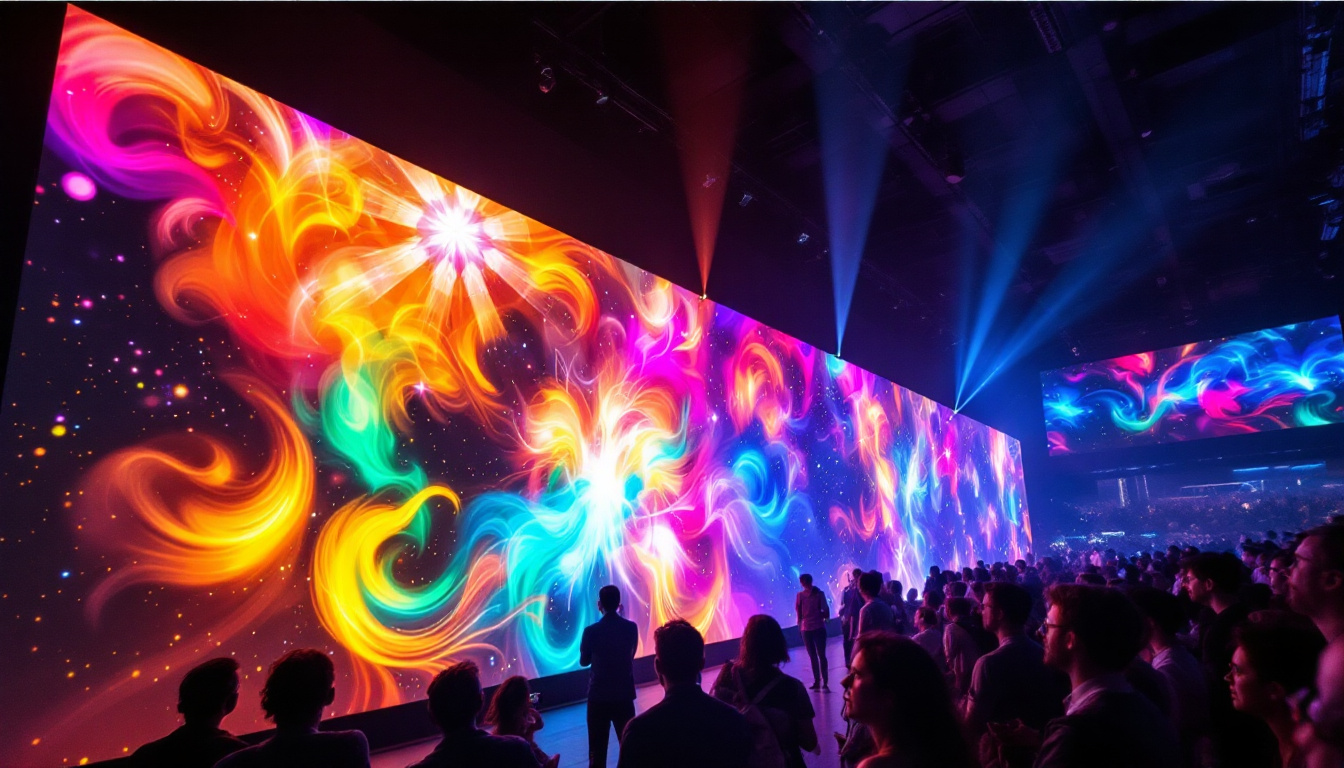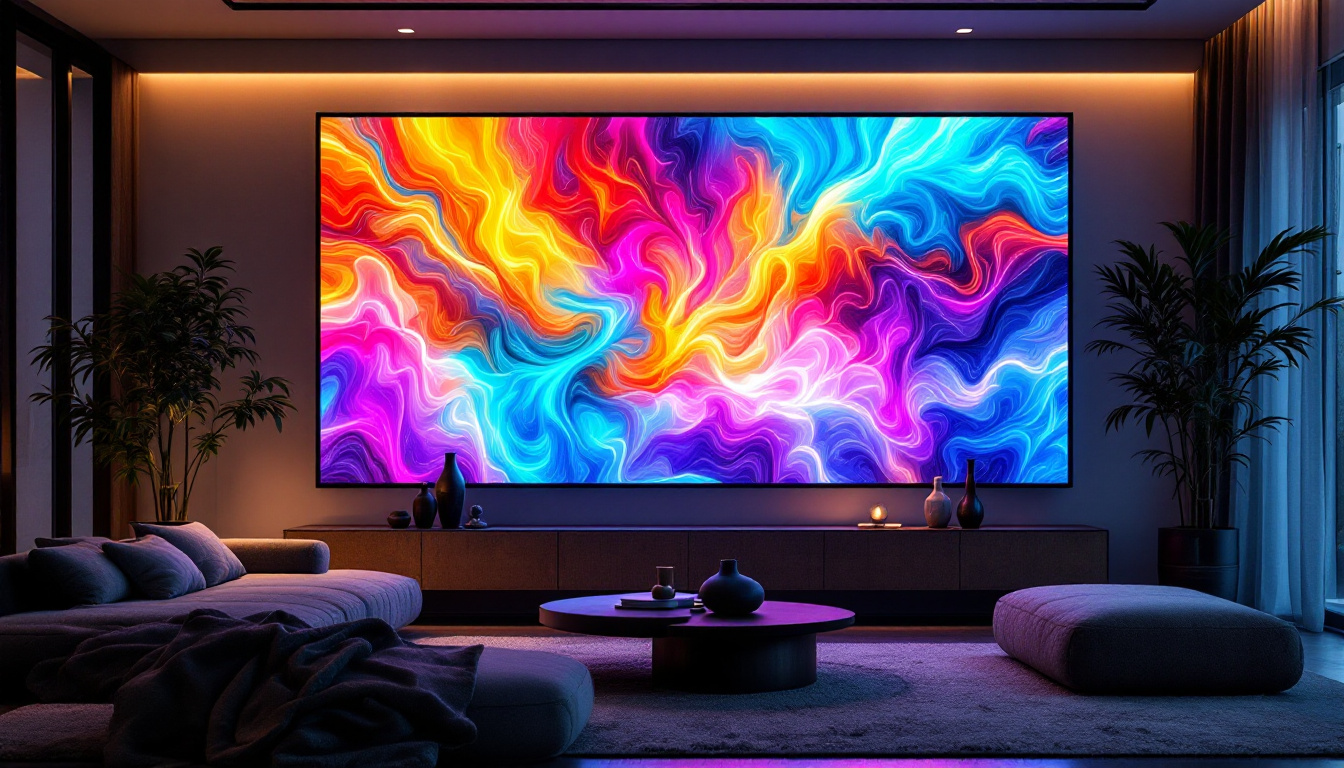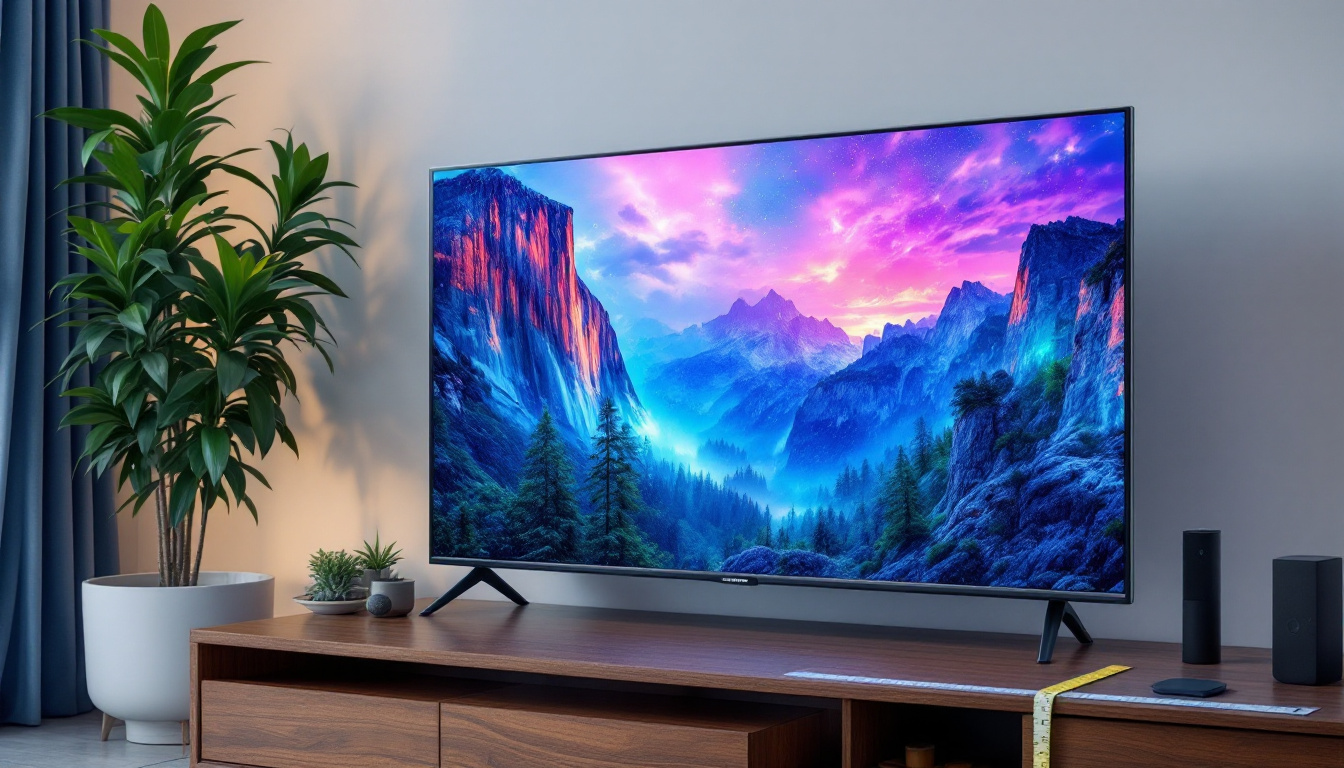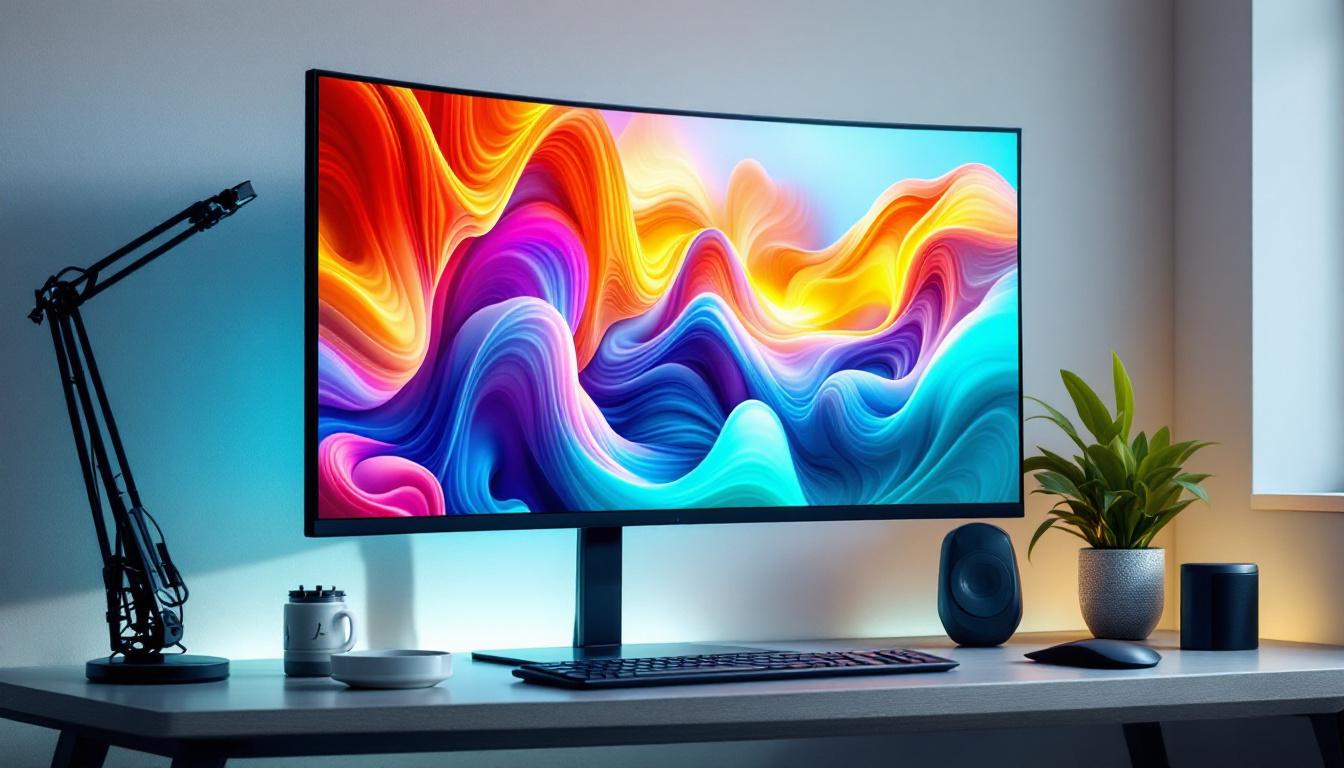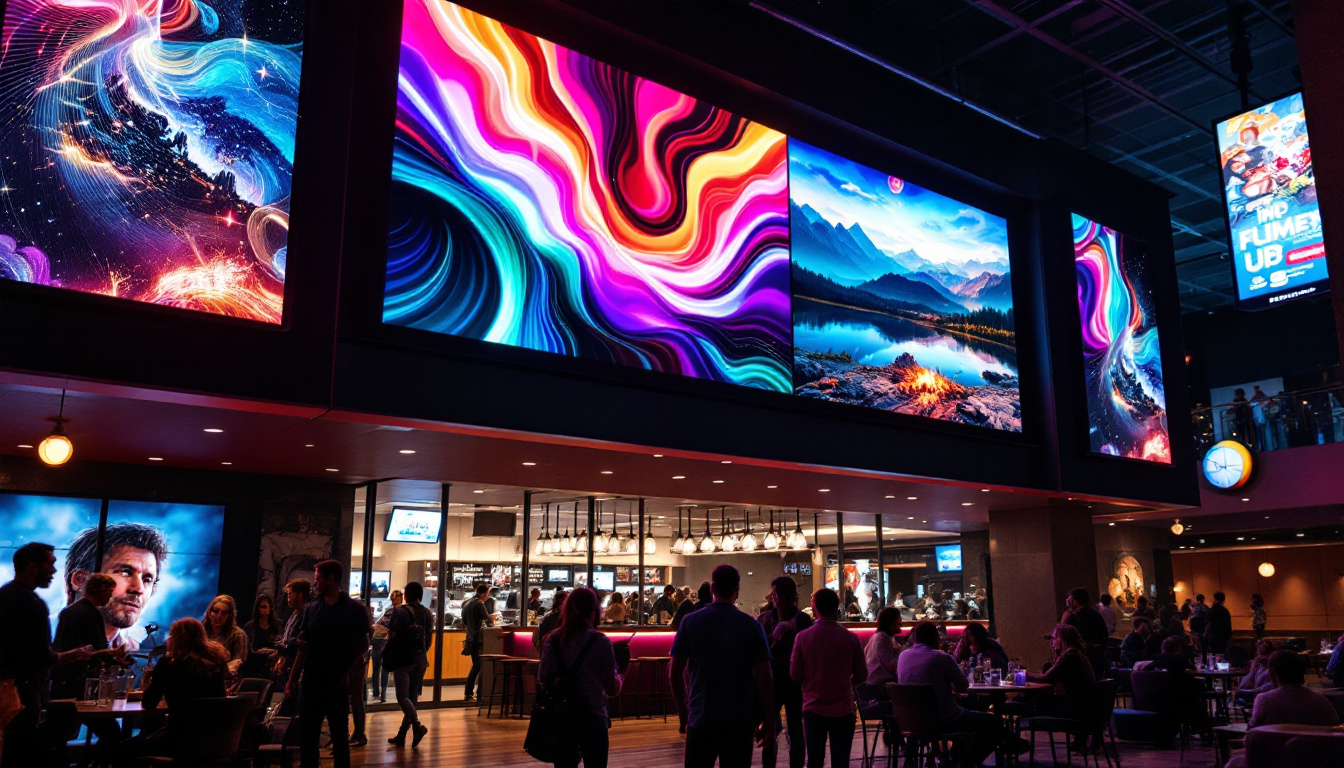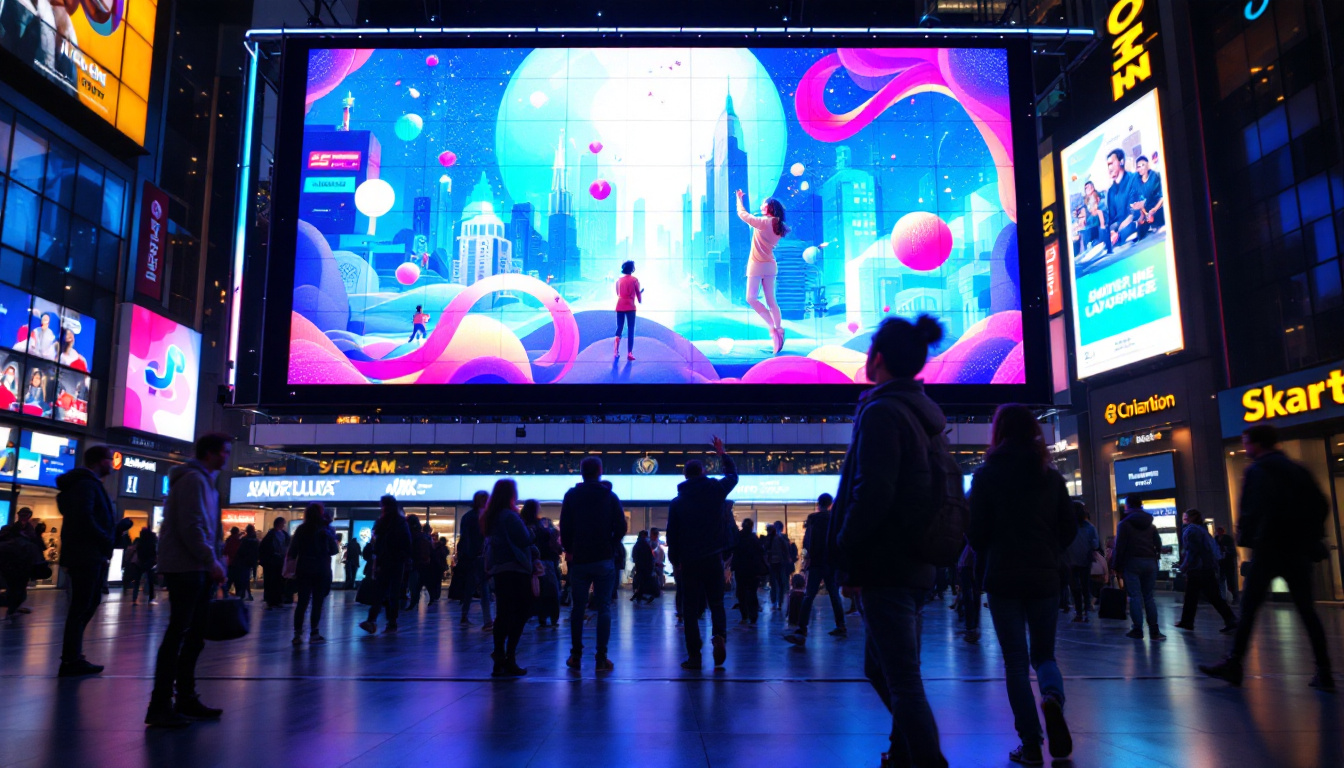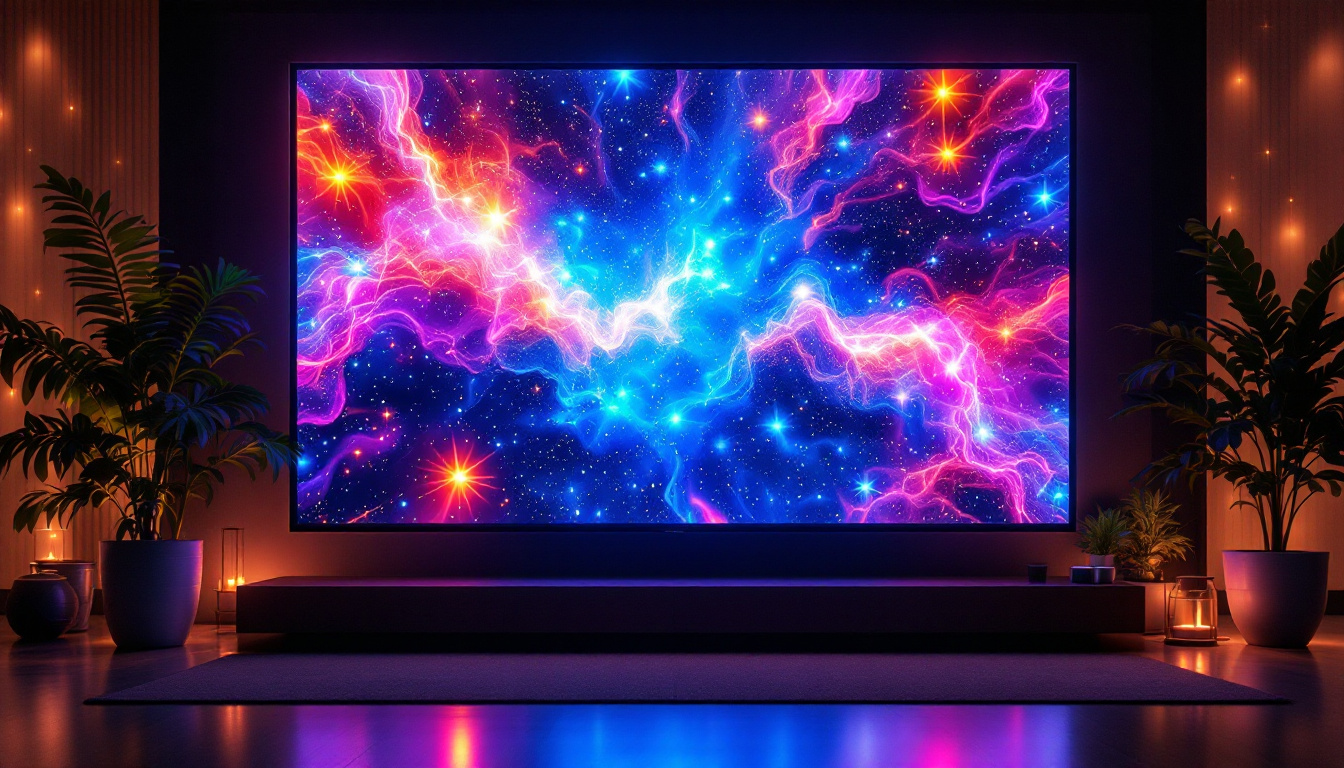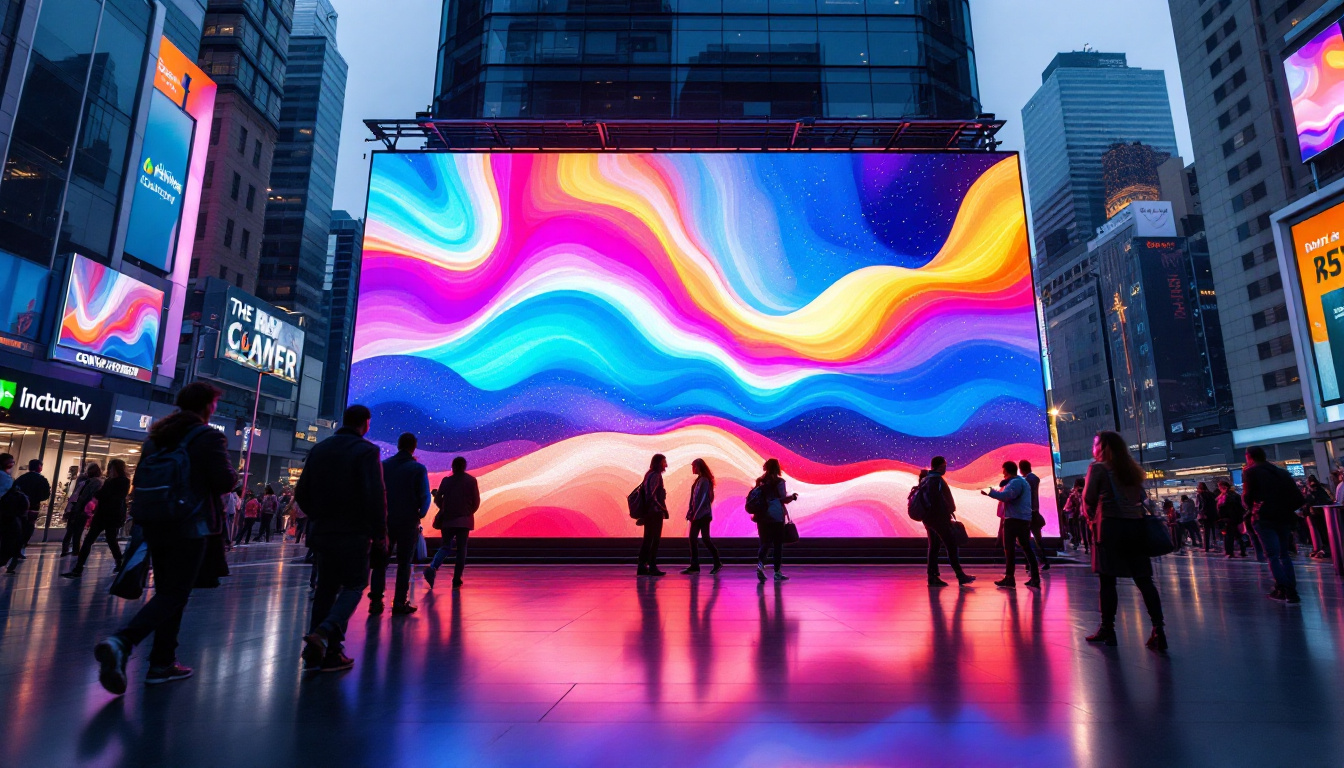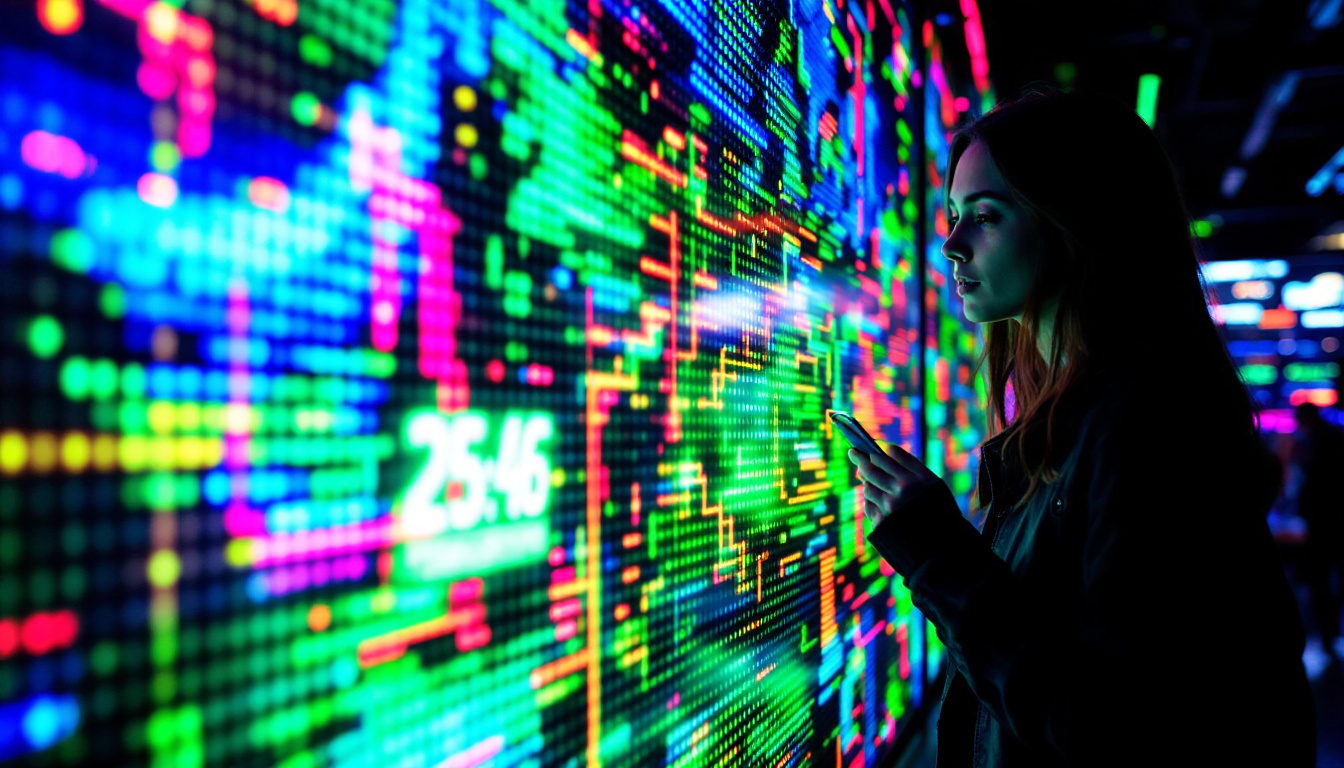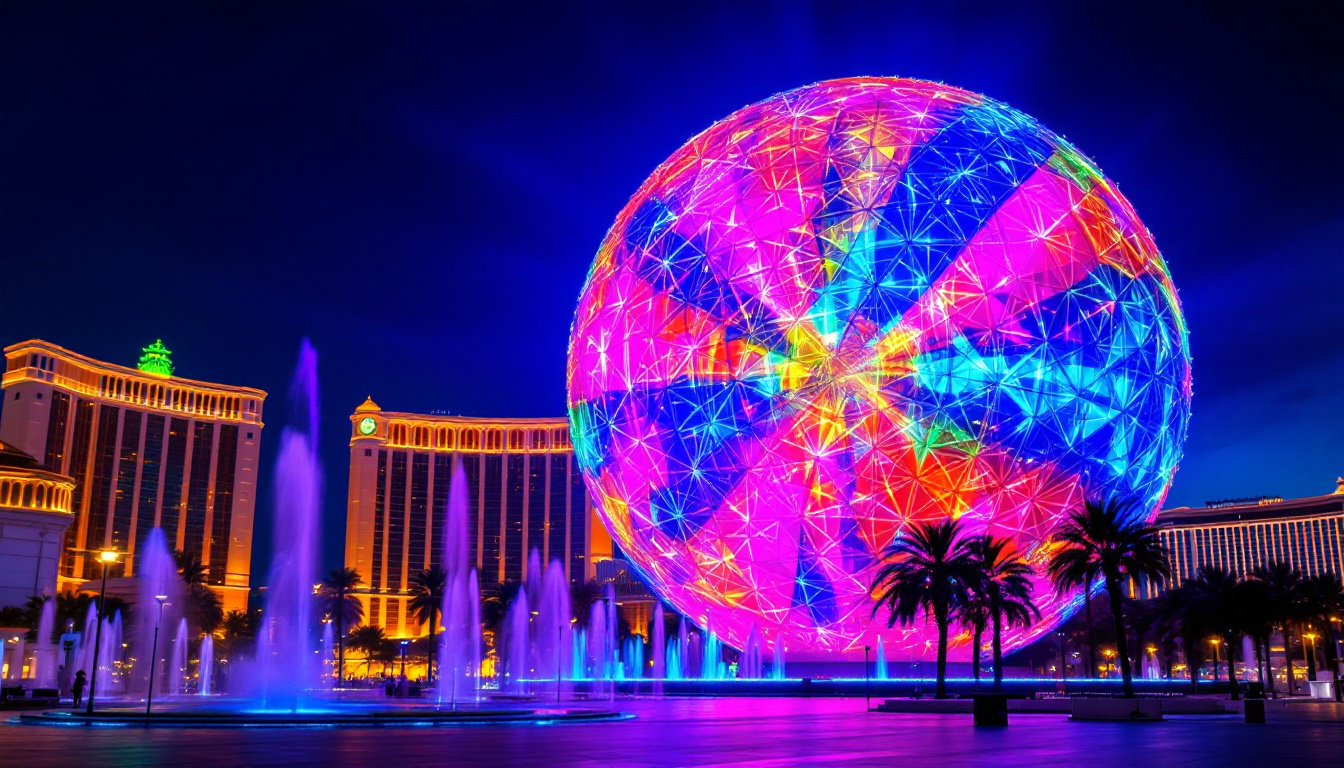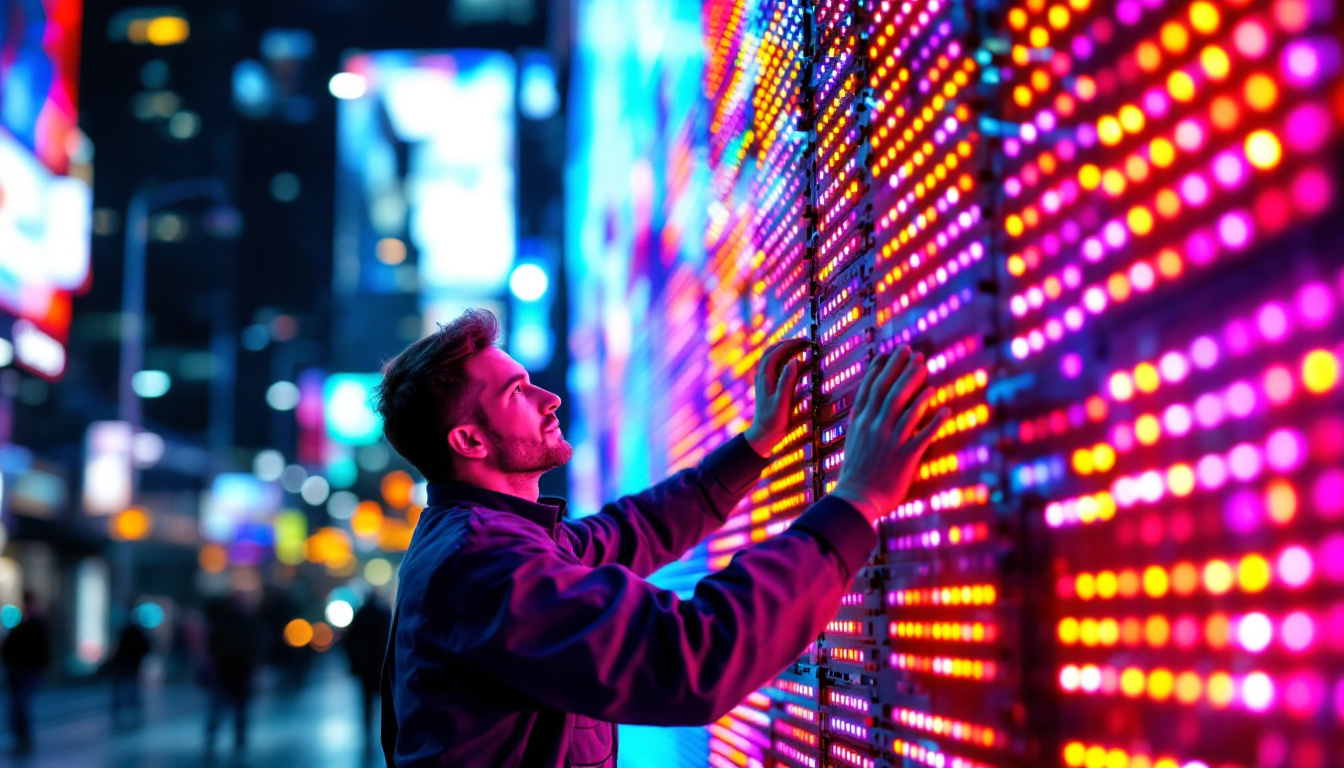In the evolving world of cinema technology, LED displays have emerged as a revolutionary medium, transforming the way films are experienced. With their vibrant colors, high brightness, and versatility, LED movie screens are becoming the go-to choice for theaters and outdoor screenings alike. This article delves into the intricacies of LED displays, exploring their technology, benefits, and applications in the film industry.
Understanding LED Technology
LED, or Light Emitting Diode, technology has been around for several decades, but its application in movie screens has only gained momentum in recent years. Unlike traditional projection systems, which rely on bulbs and lenses, LED displays utilize a series of tiny diodes that emit light when an electric current passes through them. This fundamental difference is what sets LED screens apart, offering numerous advantages.
How LED Displays Work
At the core of LED technology is the concept of pixelation. An LED display is made up of thousands, if not millions, of individual pixels, each capable of producing a specific color. These pixels are arranged in a grid, and when combined, they create a full image. The brightness and color accuracy of each pixel can be adjusted independently, allowing for stunning visuals that are both vibrant and detailed.
Moreover, LED displays can be either direct view or backlit. In direct view LED screens, the diodes are visible and contribute directly to the image, while backlit LED screens use a layer of LEDs behind a liquid crystal display (LCD) panel. Each type has its own set of advantages, but direct view LED screens are often preferred for movie theaters due to their superior brightness and contrast ratios.
The Evolution of LED Displays in Cinema
The journey of LED technology in cinema began with small-scale applications, such as digital billboards and signage. However, as the technology improved and costs decreased, LED displays began to find their way into larger venues, including movie theaters. Today, many cinemas are investing in large-scale LED screens that can display films with unparalleled clarity and color.
These advancements have not only enhanced the visual experience for audiences but have also provided filmmakers with new creative opportunities. The ability to display high dynamic range (HDR) content, for instance, allows for a greater range of colors and contrasts, making films more immersive than ever before.
Benefits of LED Movie Screens
The transition from traditional projection systems to LED displays offers numerous benefits that are reshaping the cinematic landscape. Here are some of the key advantages that make LED movie screens a compelling choice for theaters.
Superior Image Quality
One of the most significant advantages of LED displays is their superior image quality. With higher brightness levels and better contrast ratios compared to traditional projectors, LED screens can produce stunning visuals that captivate audiences. This is particularly important in dark scenes, where detail can often be lost in projection.
Furthermore, LED displays provide consistent color reproduction, ensuring that filmmakers’ visions are accurately represented on screen. This level of fidelity is crucial for maintaining the integrity of the film, making LED technology a favorite among directors and cinematographers alike.
Energy Efficiency and Longevity
Energy efficiency is another major benefit of LED technology. LED displays consume significantly less power than traditional projection systems, which can lead to substantial cost savings for theaters over time. Additionally, LED screens have a longer lifespan, often lasting up to 100,000 hours or more. This durability reduces the need for frequent replacements and maintenance, further enhancing their cost-effectiveness.
Flexibility and Versatility
LED screens are incredibly versatile, making them suitable for a variety of applications beyond just movie screenings. They can be used for live events, concerts, and even immersive experiences, such as virtual reality setups. This flexibility allows theaters to maximize their investment in LED technology, offering diverse programming options that can attract a wider audience.
Moreover, LED displays can be configured in various shapes and sizes, enabling theaters to create unique viewing experiences. Curved screens, for example, can enhance the sense of immersion, while modular designs allow for customized installations that fit specific venue requirements.
Applications of LED Displays in Cinema
The versatility of LED displays has led to their adoption in various aspects of the cinematic experience. From the design of the theater itself to the way films are presented, LED technology is making waves in multiple areas.
Indoor Cinemas
Indoor cinemas are increasingly embracing LED technology, with many theaters opting for large-scale LED screens as their primary display method. These screens not only provide exceptional image quality but also create a modern aesthetic that appeals to today’s audiences. The ability to display films in high dynamic range (HDR) further enhances the viewing experience, making it more immersive and engaging.
Additionally, LED screens can be integrated with advanced sound systems, creating a holistic cinematic experience that combines stunning visuals with high-quality audio. This integration is essential for delivering the kind of immersive storytelling that modern audiences expect.
Outdoor Screenings and Events
Outdoor screenings have become increasingly popular, especially during summer months and film festivals. LED displays are ideal for these events due to their high brightness levels, which allow for clear visibility even in daylight. The portability of LED screens also makes them suitable for various outdoor setups, from parks to rooftops.
Moreover, outdoor LED screens can be used for more than just movie screenings. They can serve as platforms for live performances, sports events, and community gatherings, making them a valuable asset for event organizers looking to create memorable experiences.
Virtual Production and Filmmaking
In recent years, LED technology has also found its way into the realm of filmmaking itself. Virtual production techniques, which involve using LED screens to create realistic backgrounds for live-action shoots, have gained popularity. This method allows filmmakers to capture scenes in real-time, reducing the need for extensive post-production work.
The use of LED screens in virtual production not only enhances the visual quality of the film but also allows for greater creative freedom. Filmmakers can experiment with different lighting conditions and environments on the fly, resulting in a more dynamic and engaging storytelling process.
Challenges and Considerations
While LED displays offer numerous advantages, there are also challenges and considerations that theaters must address when implementing this technology. Understanding these factors is crucial for making informed decisions about transitioning to LED screens.
Initial Investment Costs
One of the primary challenges associated with LED technology is the initial investment cost. High-quality LED screens can be expensive, and the upfront costs may deter some theaters from making the switch. However, it is essential to consider the long-term savings associated with energy efficiency and reduced maintenance costs.
Many theaters are finding ways to finance their investments, whether through partnerships, sponsorships, or grants. As the technology continues to evolve and prices decrease, the financial barriers to entry are likely to diminish, making LED displays more accessible to a broader range of venues.
Technical Expertise and Maintenance
Implementing LED technology also requires a certain level of technical expertise. Staff may need training to operate and maintain the new systems effectively. Additionally, while LED displays are generally low-maintenance, they do require periodic checks to ensure optimal performance.
Theaters must be prepared to invest in training and ongoing support to maximize the benefits of their LED screens. Collaborating with experienced vendors can help streamline this process and ensure that staff are well-equipped to handle any technical challenges that may arise.
Content Adaptation
As theaters transition to LED displays, they may also need to adapt their content to take full advantage of the technology. This may involve reformatting existing films or creating new content specifically designed for LED screens. While this can be a daunting task, it also presents an opportunity for creativity and innovation.
Filmmakers and content creators are increasingly recognizing the potential of LED technology, leading to a growing body of work that leverages the unique capabilities of these displays. As the industry continues to evolve, the content landscape will likely adapt to meet the demands of this new technology.
The Future of LED Movie Screens
The future of LED movie screens looks promising, with ongoing advancements in technology and a growing acceptance within the film industry. As theaters continue to explore the potential of LED displays, several trends are likely to shape the landscape in the coming years.
Advancements in Technology
As with any technology, LED displays are continually evolving. Innovations in pixel density, color accuracy, and energy efficiency are expected to enhance the performance of LED screens even further. These advancements will not only improve the viewing experience but also make LED technology more accessible to a wider range of theaters.
Additionally, the integration of artificial intelligence and machine learning into LED technology may lead to smarter displays that can automatically adjust settings based on ambient light conditions or audience preferences. Such advancements could revolutionize the way films are presented in theaters.
Increased Adoption in Various Venues
As the benefits of LED technology become more widely recognized, it is likely that more venues will adopt LED screens for various applications. From independent theaters to large multiplexes, the versatility of LED displays makes them an attractive option for a wide range of settings.
Furthermore, as outdoor events continue to gain popularity, the demand for portable and high-quality LED screens will likely increase. This trend will encourage manufacturers to innovate and create solutions that cater to the unique needs of outdoor venues.
Enhancing Audience Engagement
Finally, the integration of LED technology in cinema is expected to enhance audience engagement. With the ability to create immersive experiences through stunning visuals and interactive elements, theaters can attract a broader audience and create memorable events.
As filmmakers continue to experiment with LED displays, the potential for new storytelling techniques and formats will also expand. This evolution will likely lead to a more dynamic and engaging cinematic experience, one that resonates with audiences in ways that traditional projection systems cannot.
Conclusion
LED movie screens represent a significant advancement in cinema technology, offering numerous benefits that enhance the viewing experience for audiences and filmmakers alike. With superior image quality, energy efficiency, and versatility, LED displays are becoming an integral part of the cinematic landscape.
While challenges such as initial investment costs and technical expertise remain, the future of LED technology in cinema is bright. As advancements continue and adoption increases, theaters will be better equipped to create immersive experiences that captivate audiences and redefine the art of storytelling. The journey of LED displays in cinema is just beginning, and the possibilities are as limitless as the imagination of the filmmakers who use them.
Discover the Future of Cinematic Experience with LumenMatrix
Ready to elevate your cinematic space with the latest in LED display technology? LumenMatrix is at the forefront of innovation, offering a diverse range of LED display solutions tailored to meet the demands of modern audiences. From mesmerizing Indoor LED Walls to dynamic Outdoor LED Displays, and from versatile Vehicle LED Displays to engaging LED Sports Displays, our products are designed to transform any environment into a captivating visual journey. Embrace the future of storytelling with LumenMatrix’s cutting-edge displays. Check out LumenMatrix LED Display Solutions today and step into a world where every visual narrative is brought to life with brilliance and precision.

